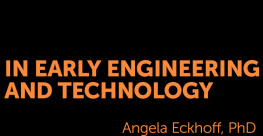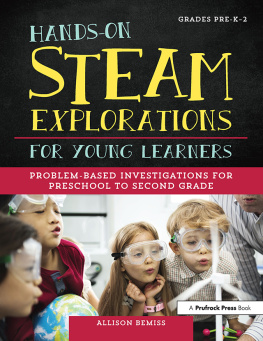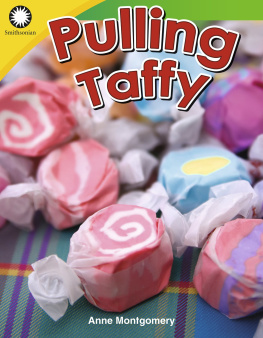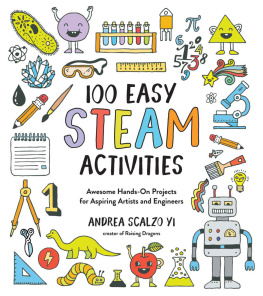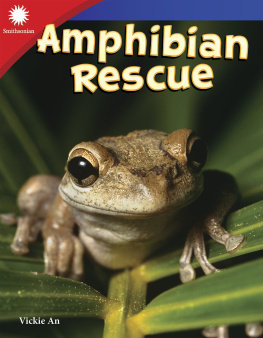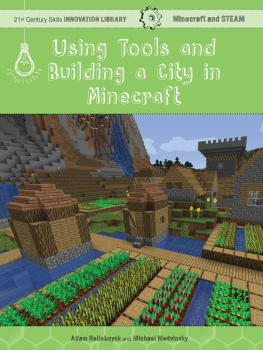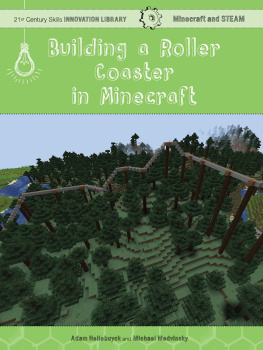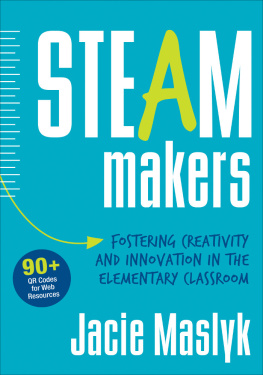Contents
Provocation 6: Seeds, Fruits, and
Vegetables
Provocation 4: Patterning with
Nontraditional Materials

by Angela Eckhoff, PhD

www.gryphonhouse.com
Copyright
2020 Angela Eckhoff
Published by Gryphon House, Inc.
P. O. Box 10, Lewisville, NC 27023
800.638.0928; 877.638.7576 [fax]
Visit us on the web at www.gryphonhouse.com.
All rights reserved. No part of this publication may be reproduced or transmitted in any form or by any means, electronic or technical, including photocopy, recording, or any information storage or retrieval system, without prior written permission of the publisher. Printed in the United States. Every effort has been made to locate copyright and permission information.
Cover images used under license from Shutterstock.com. Interior images courtesy of the author.
Library of Congress Cataloging-in-Publication Data
Library of Congress Control Number:2019953945.
Bulk Purchase
Gryphon House books are available for special premiums and sales promotions, as well as for fund-raising use. Special editions or book excerpts also can be created to specifications. For details, call 800.638.0928.
Disclaimer
Gryphon House, Inc., cannot be held responsible for damage, mishap, or injury incurred during the use of or because of activities in this book. Appropriate and reasonable caution and adult supervision of children involved in activities and corresponding to the age and capability of each child involved are recommended at all times. Do not leave children unattended at any time. Observe safety and caution at all times.

introduction: Planning for STEAM Provocations: Independent Inquiry and Design in the Classroom
T he best lesson plan designed by the most experienced teacher is no match for a child who decides not to engage in the act of learning. One of the first lessons I learned as a new teacher was that no matter how exciting my planned lessons were, I could not make a child learn. I could provide an interesting experience full of engaging content and hands-on materials, but the cognitive act of learning was under each childs control. Our minds are our own, and, therefore, children control what they choose to focus on, what they seek to better understand, and, ultimately, what they learn. True learning requires intention and energy on the part of the learner. No amount of telling by a teacher will support the development of new understandings for a child who is not interested.

This means that we, as educators, must devote our energies and efforts to developing learning experiences that inspire children to expand their understanding of the world. We know that to build knowledge, children must be interested in a particular content idea and must also see it as relevant to their own lives. As teachers, we play a central role in the development of childrens thinking as we work to offer learning experiences and classroom environments that invite and encourage young learners to engage their minds and bodies in a quest to understand.
In spite of decades of research telling us that the mind grows through playful engagement within a supportive environment, the policies guiding early childhood and primary-grades classrooms in many schools require that teachers move through content quickly in a one-size-fits-all approach. This approach often relies upon paced curricula and prescriptive approaches to content delivery that ignore ideas of engagement through playful learning and learning through play. Often, in these same classrooms, young children spend the majority of the day focused on literacy skill development with less time for science, technology, engineering, the arts, and mathematics (STEAM). STEAM learning experiences are important to incorporate daily for young children because these activities can introduce them to new ways of thinking and can connect to their personal interests and prior knowledge.
Many teachers Ive worked with over the course of my career have approached me with concerns over a lack of time to include daily STEAM experiences in their classrooms. They know that the STEAM disciplines are important, and they desperately want to find ways to meet childrens needs while still meeting requirements for early literacy skill development. This book offers a child-centered solution to that challengeSTEAM provocations that you can use regularly in your classroom during short segments of less-structured time.
In an interview titled Play and the Hundred Languages of Children, published in the American Journal of Play , Reggio expert Lella Gandini explains that the term provocations describes activities that do not have a predetermined outcome or a singular objective. Instead, provocations encourage children to explore materials, interactions, ideas, and ways of thinking. Provocations can take place in all areas of your classroom or can be set up at childrens workspaces. During these activities, children can work individually, with partners, or in small groups. STEAM provocations can involve materials that children can use without an adults constant assistance. These materials encourage children to use inquiry skills, design thinking, and creativity skills.

You can use the provocations in this book numerous times over the course of several days or longer as children gain experience and think through their original ideas and understandings. For young children, repetition is an important part of building new understandings and developing skills. You do not need to offer new provocation experiences each day. Observe your students, and rotate provocations or introduce new ones when the children indicate that they are ready for a change. Whether you choose one provocation for the class to complete together or you offer multiple provocations during the times of the day when you need your students to engage in thinking, exploring, and wondering, each provocation presented in this book connects to core ideas in the STEAM disciplines, centers on the development of higher-level thinking skills, and uses materials readily available in early childhood classrooms. The following are a just a few ways you can use STEAM provocations in your classroom:
- As a jump-start to the morning, with children working at tables or in centers
- As a midday experience to provide children a chance to decompress and reenergize
- As an alternative option for children who complete assigned classroom work early
- As an end-of-day experience to empower children to build their collaboration and communication skills before heading home
- As a transition time between the busier times of day, such as lunch or recess, and planned classroom work times


